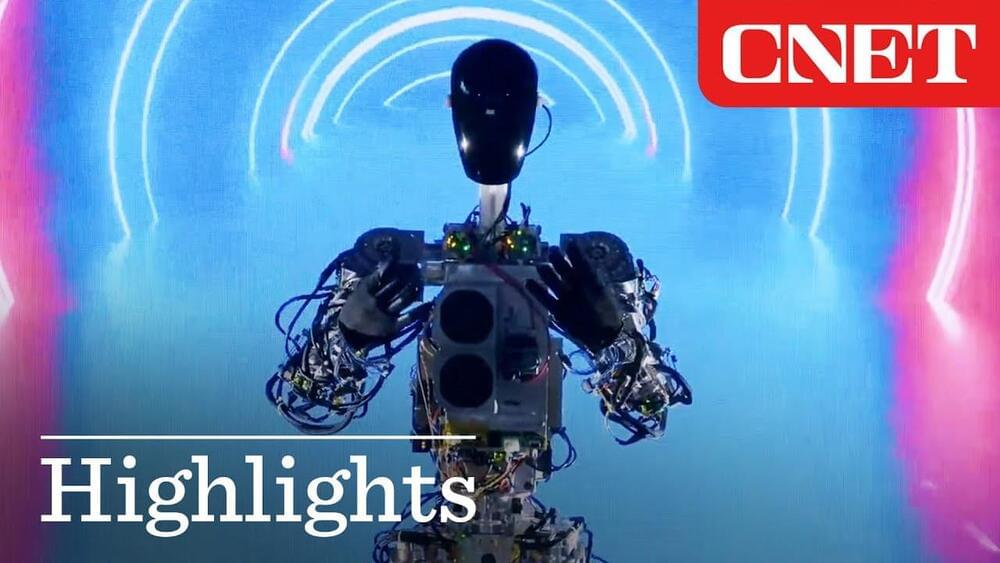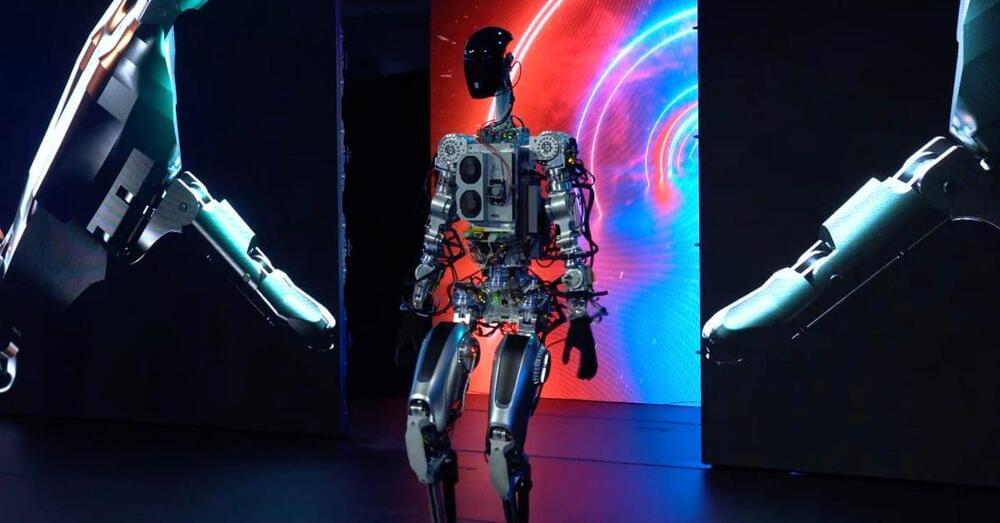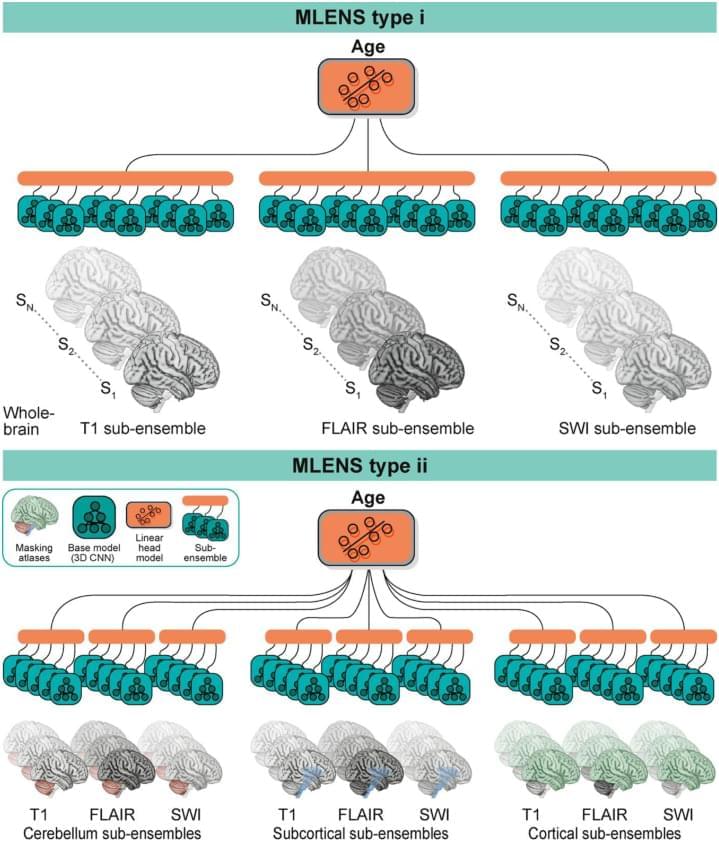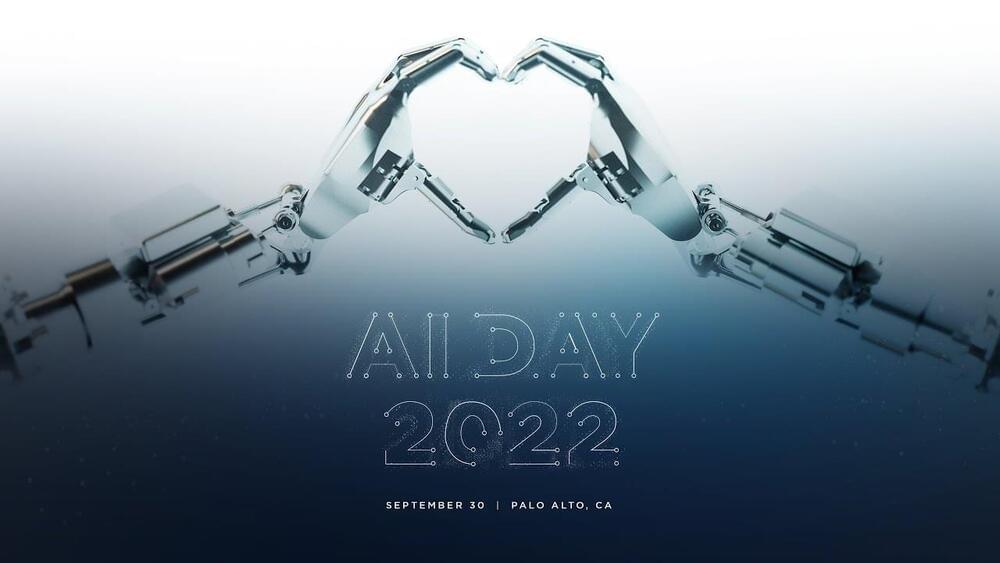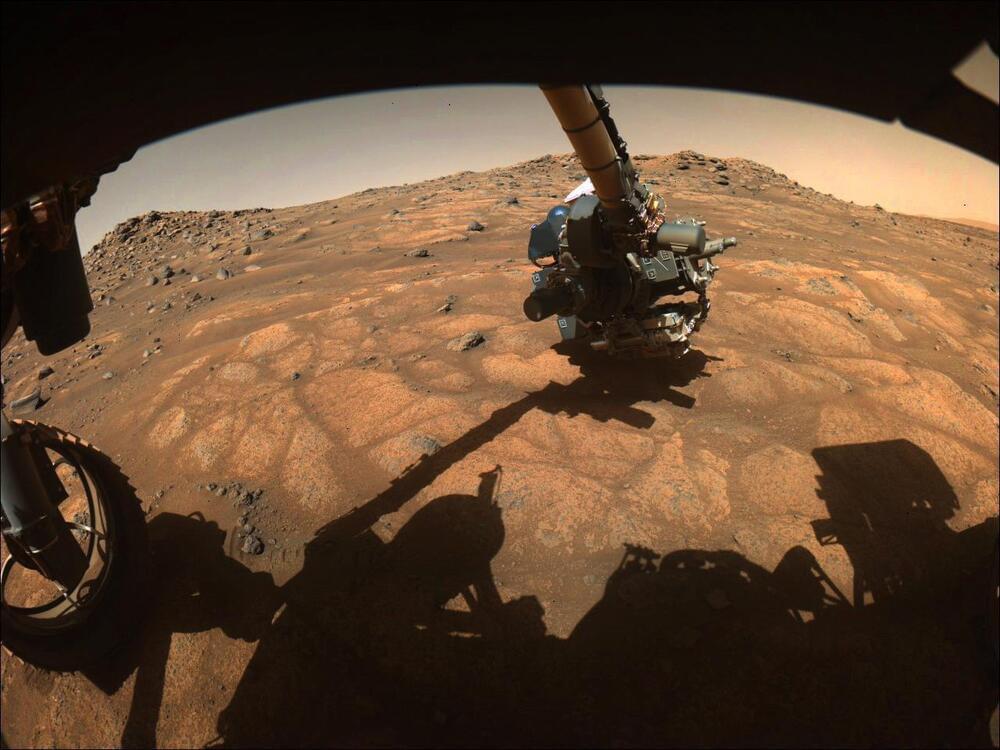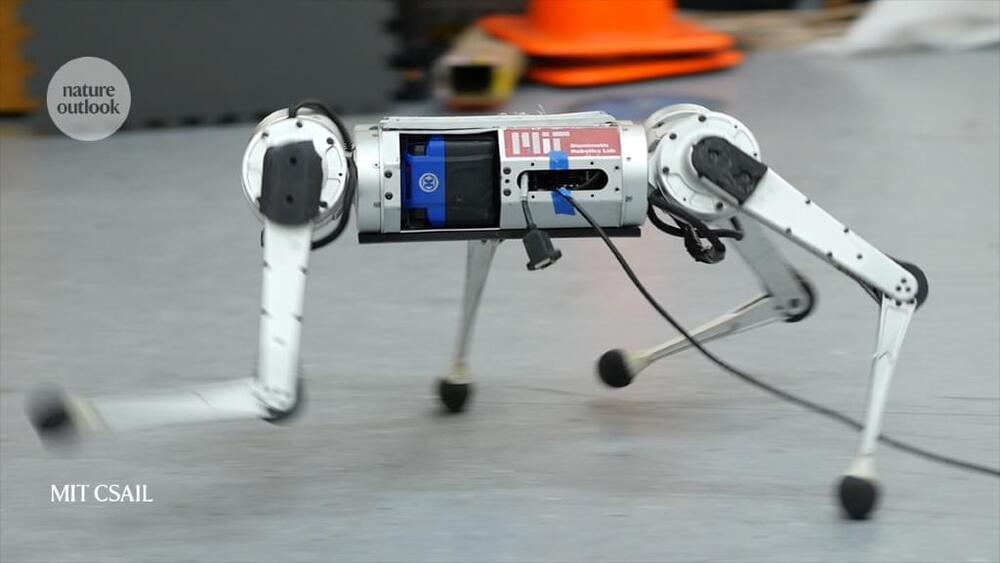Oct 1, 2022
Blainjett’s hemi-rotor concept promises faster, more efficient VTOL performance
Posted by Omuterema Akhahenda in categories: drones, military, robotics/AI
Blainjett Aviation announced that initial testing of its hemi-rotor aerodynamic concept has confirmed its potential to deliver faster, more efficient performance in VTOL aircraft. Subscale tests demonstrated the novel configuration’s net positive lift and low drag through the ascent/hover, cruise, and descent/hover phases of flight.
The startup is applying the hemi-rotor concept to a subscale drone as part of a path to demonstrating that the configuration can scale to larger unmanned or manned aircraft in eVTOL applications from package delivery and cargo to transport and tactical military roles. Blainjett’s hemi-rotor design situates familiar vertical lift rotors partially inside opposite sides of an enclosed fuselage. The airfoil-shaped fuselage also houses a pair of electric motors to drive the lift-rotors. Situated in the empennage above an inverted V-tail, the third motor powers a pusher prop.
Continue reading “Blainjett’s hemi-rotor concept promises faster, more efficient VTOL performance” »
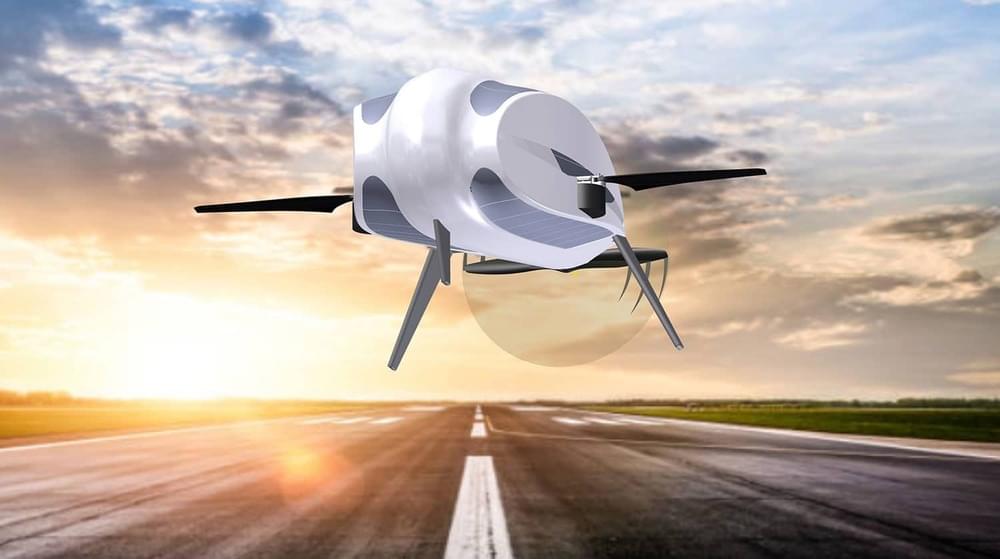
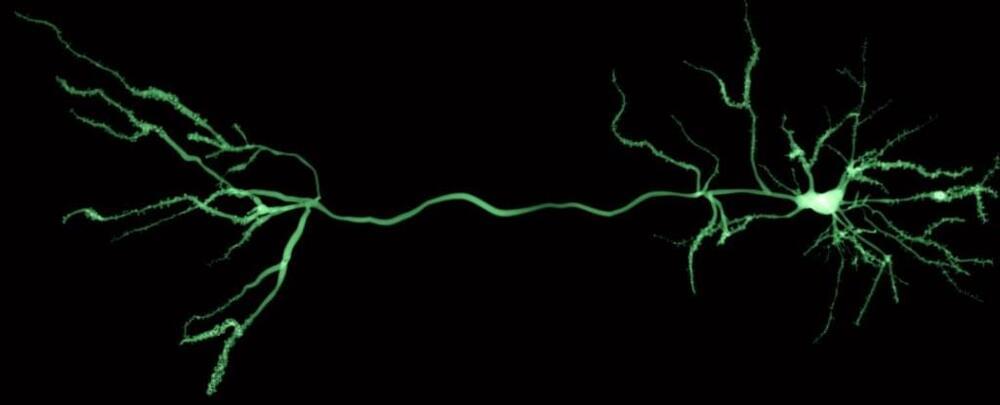

 עברית (Hebrew)
עברית (Hebrew)